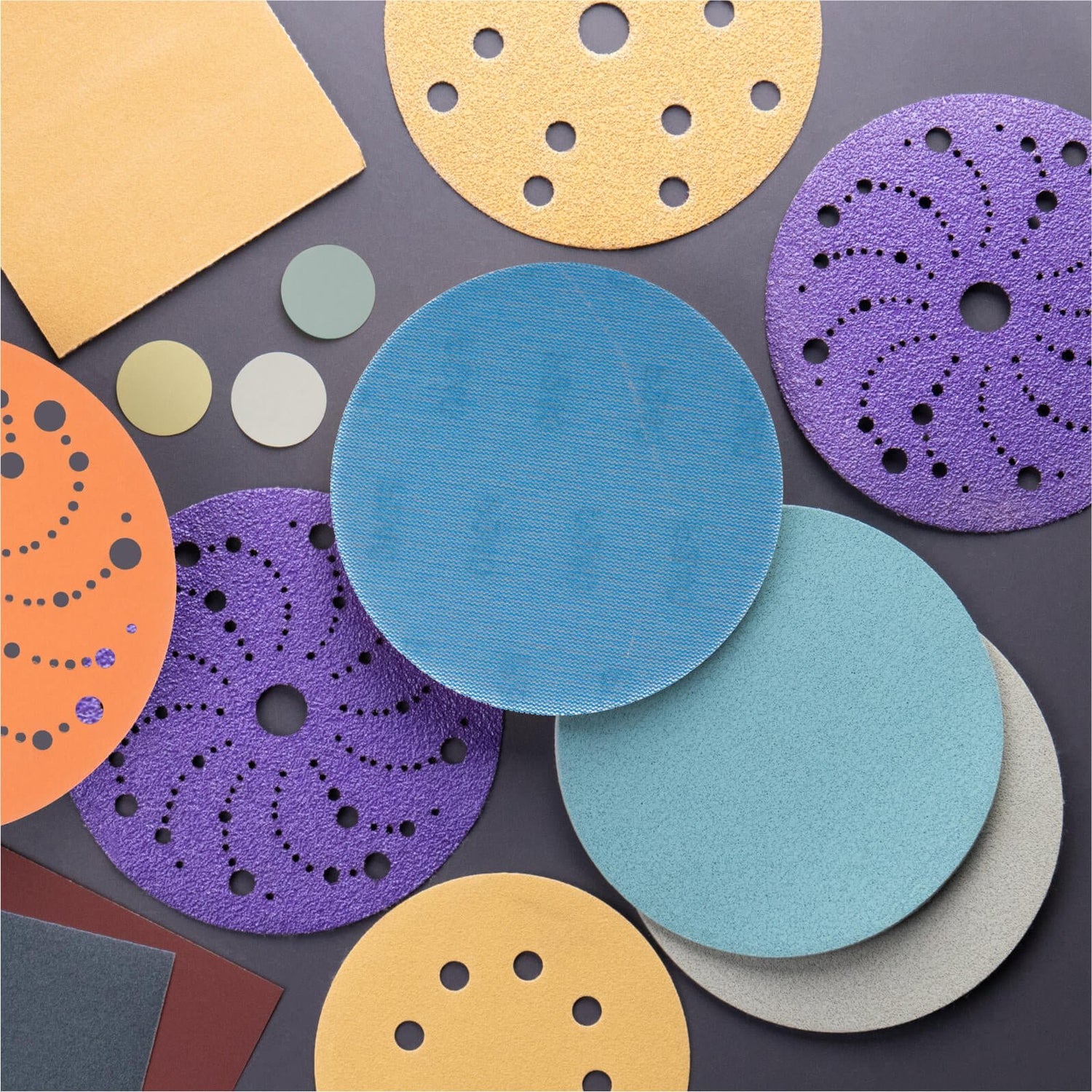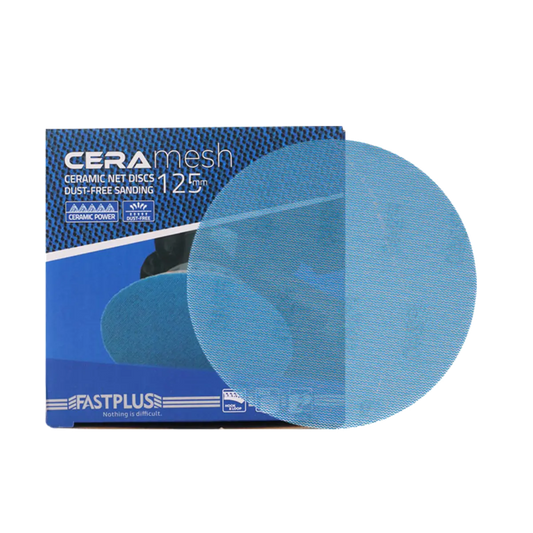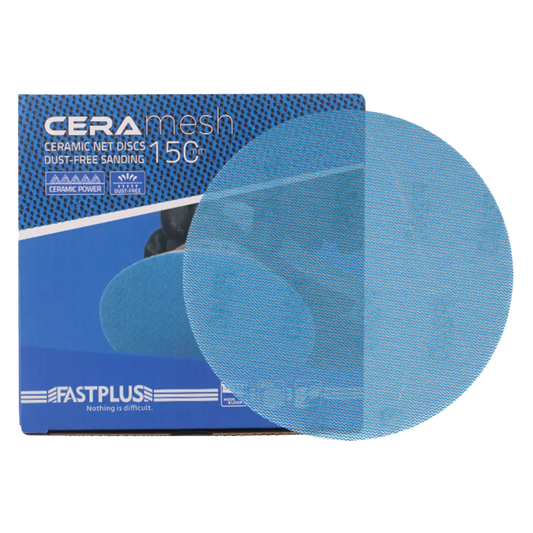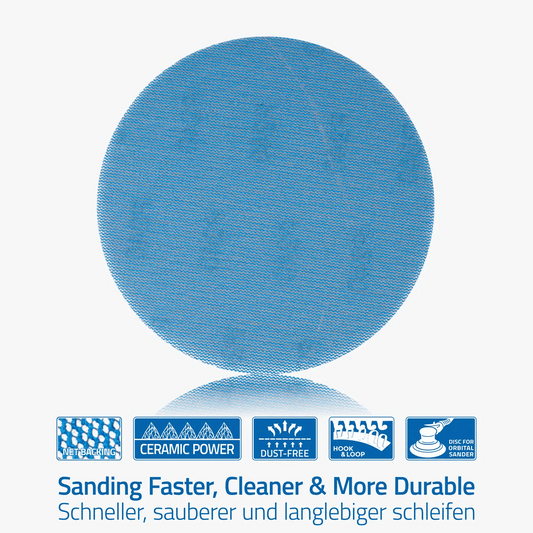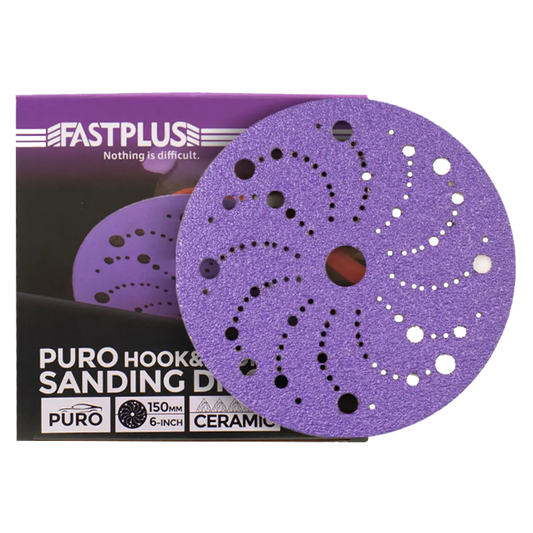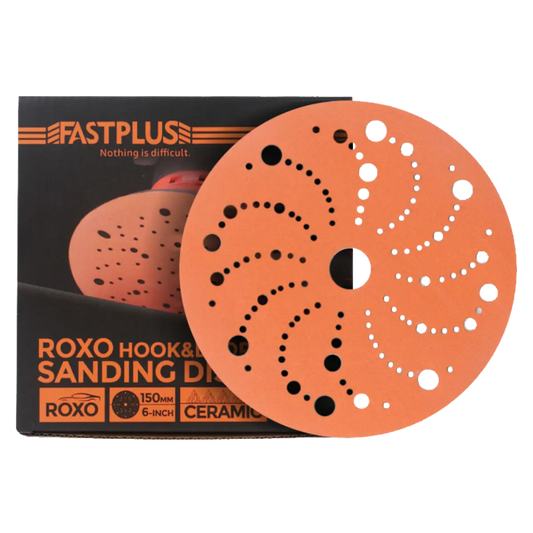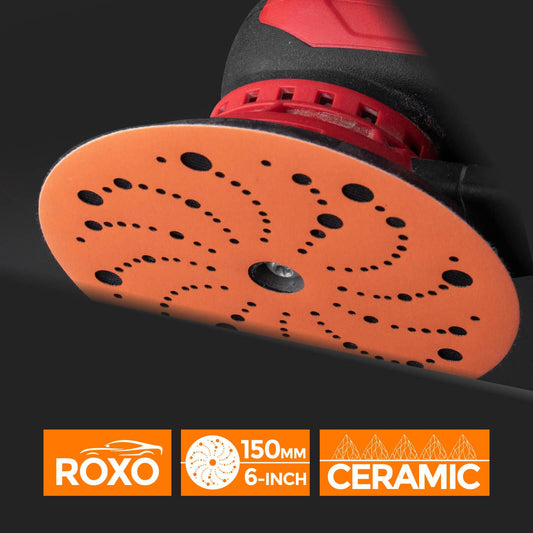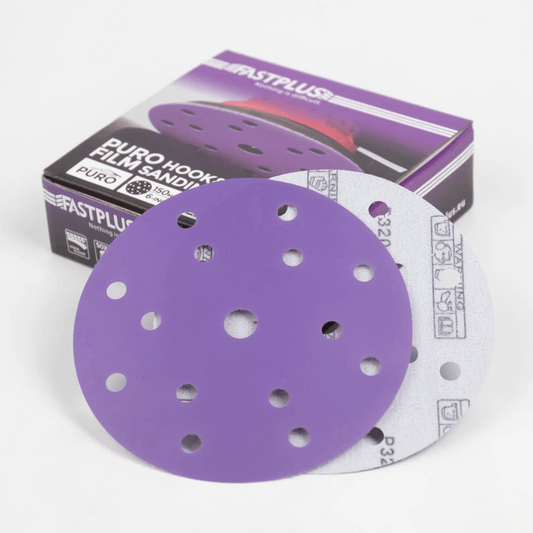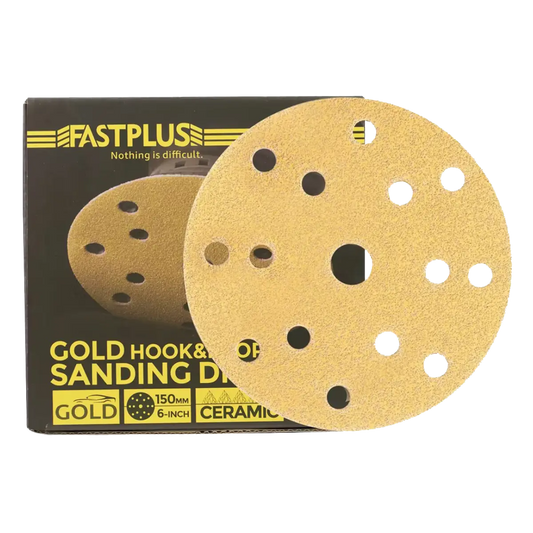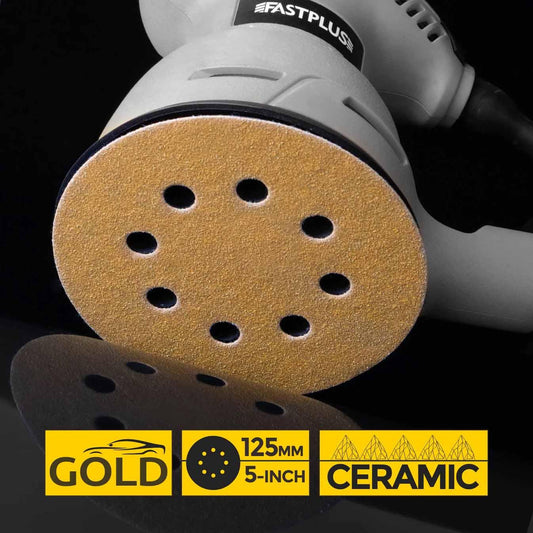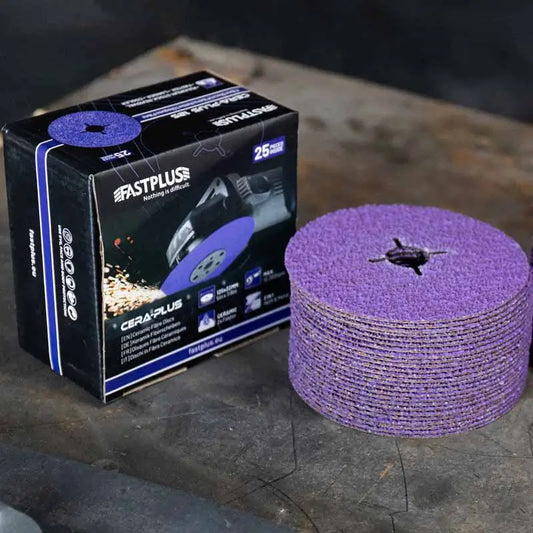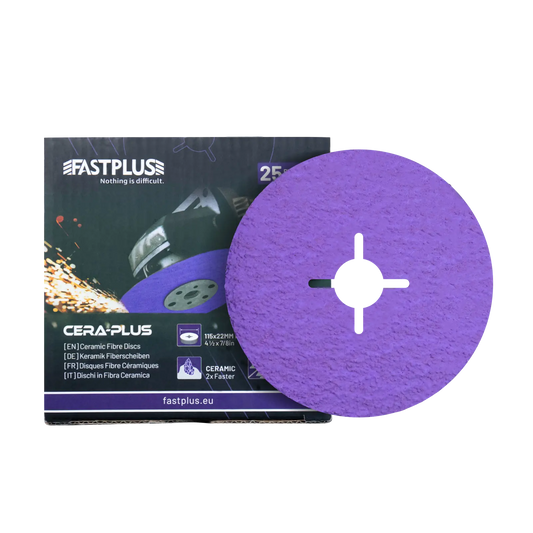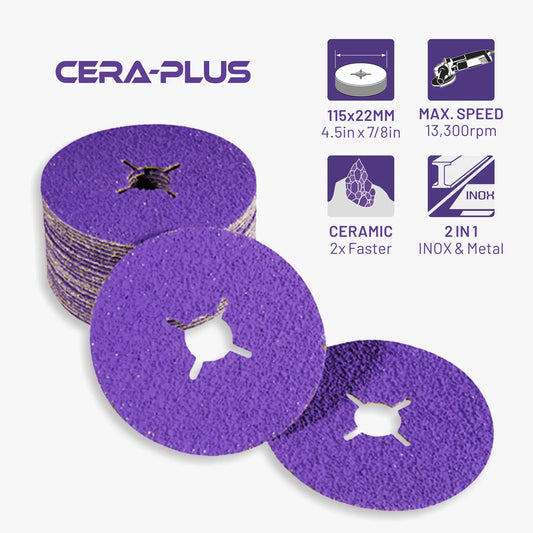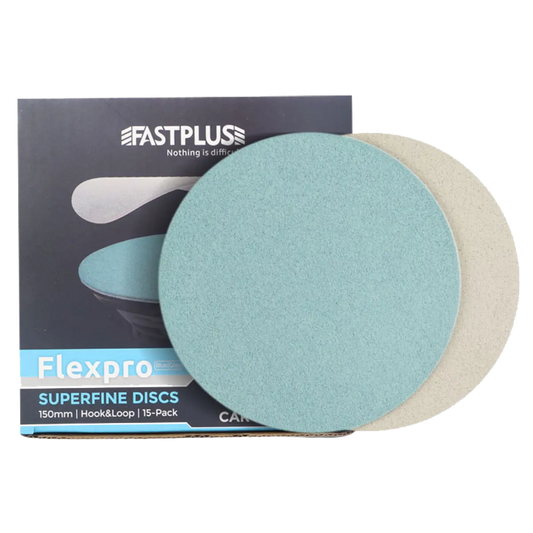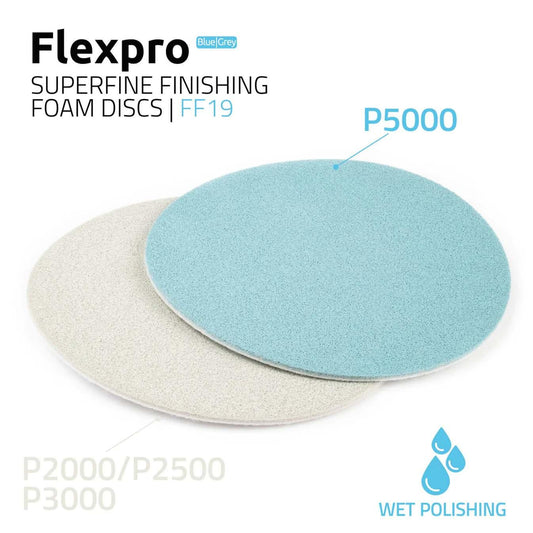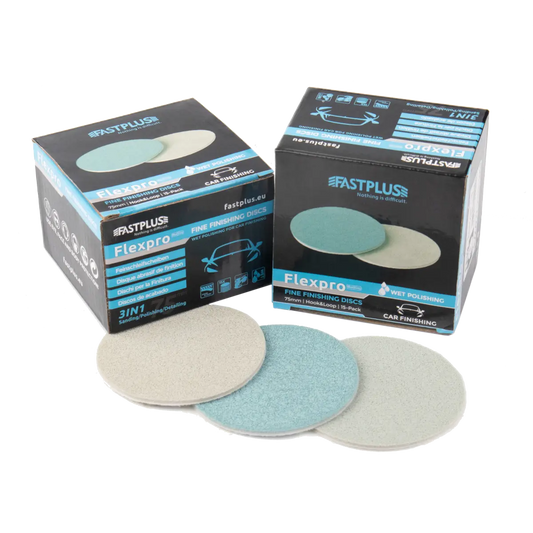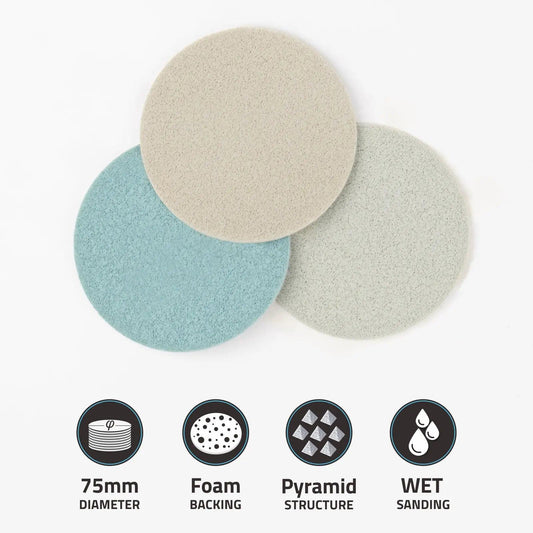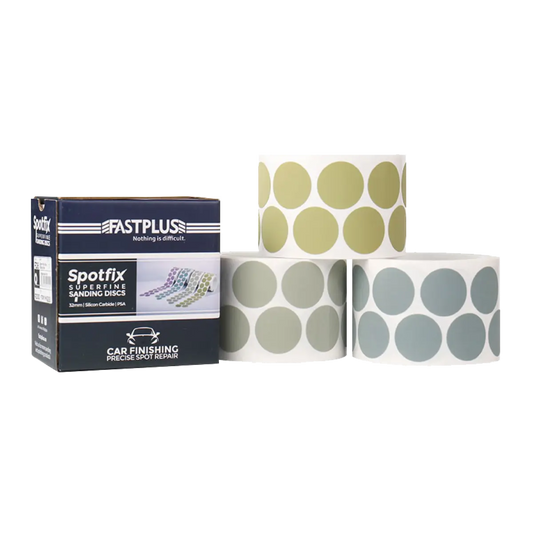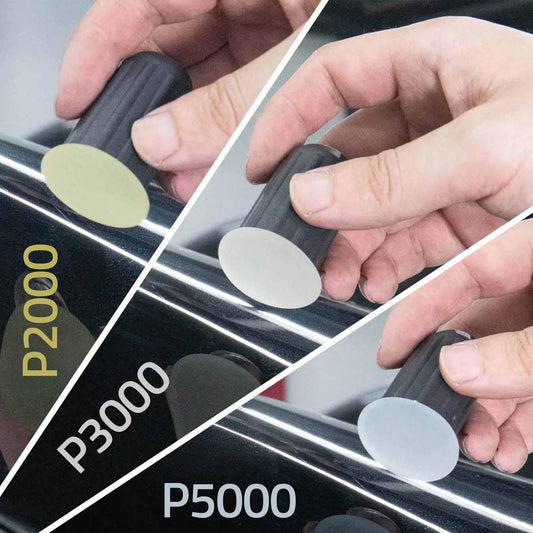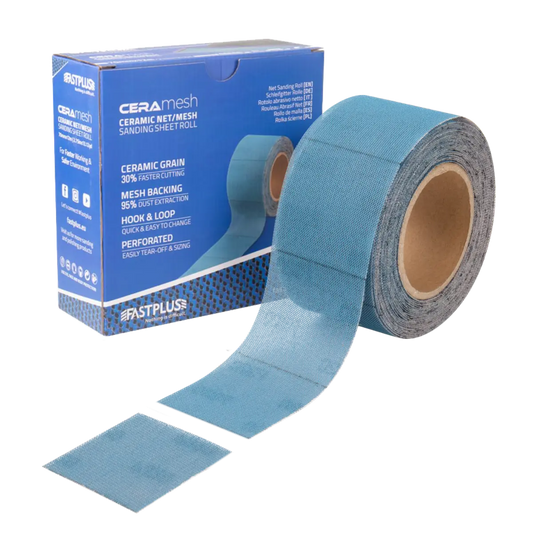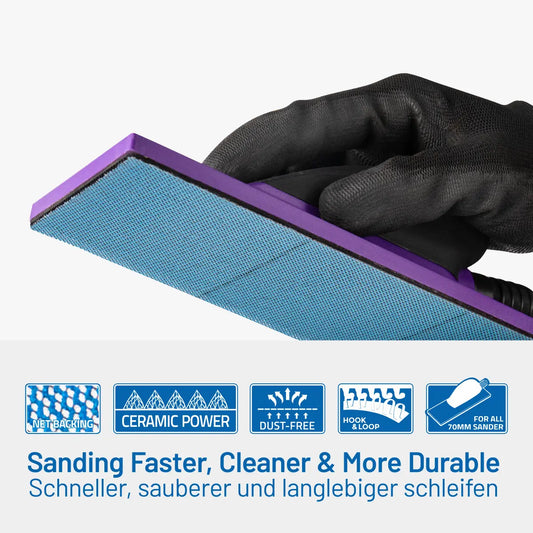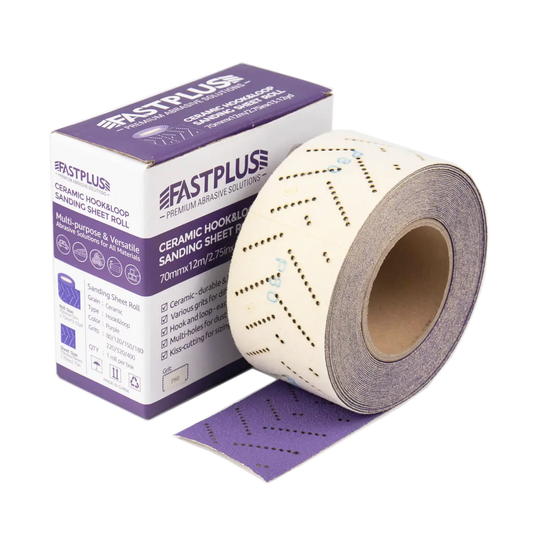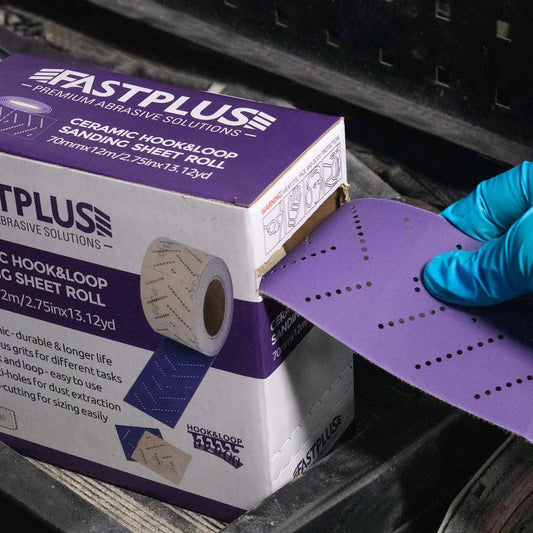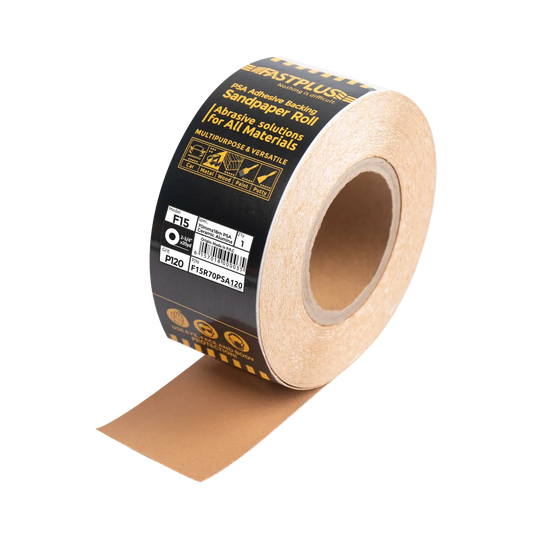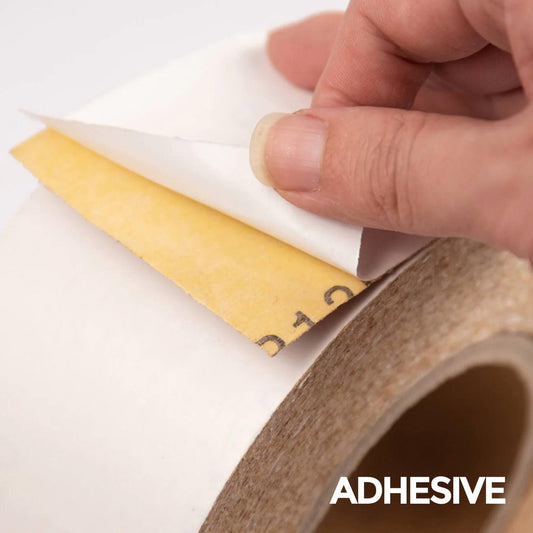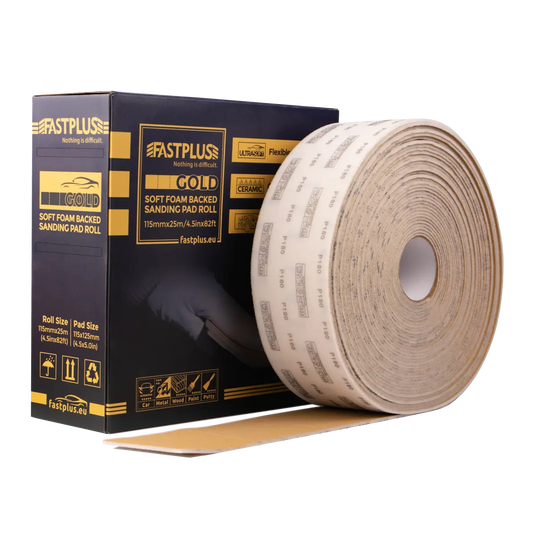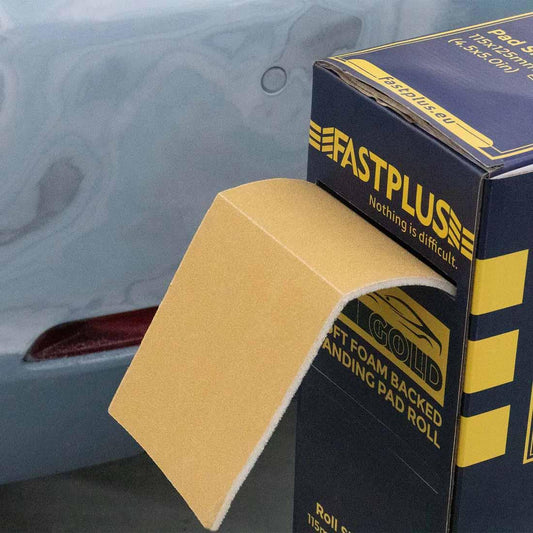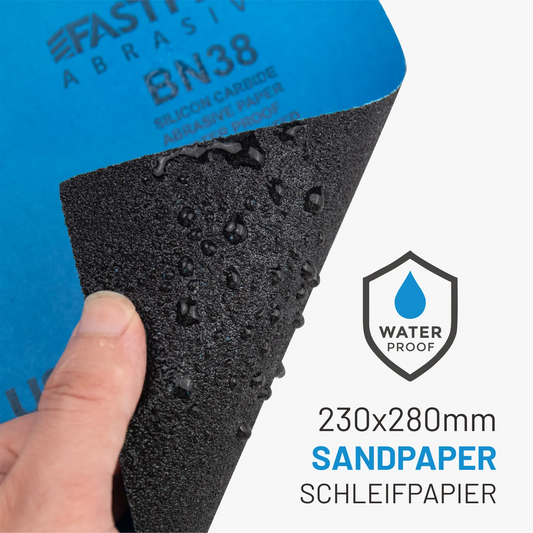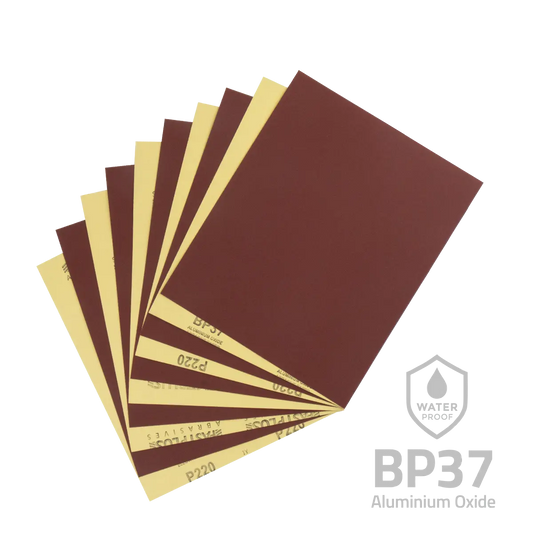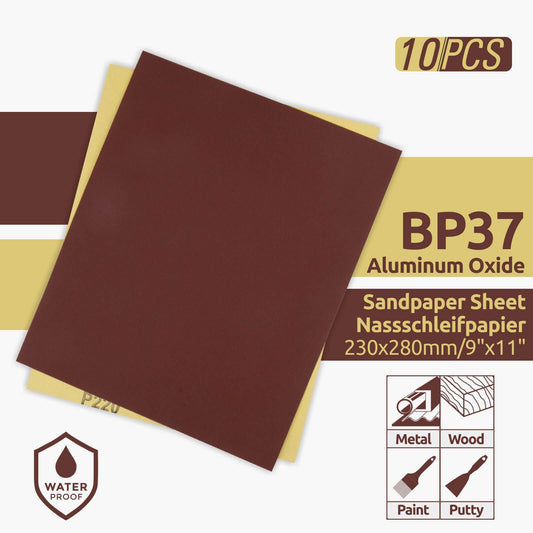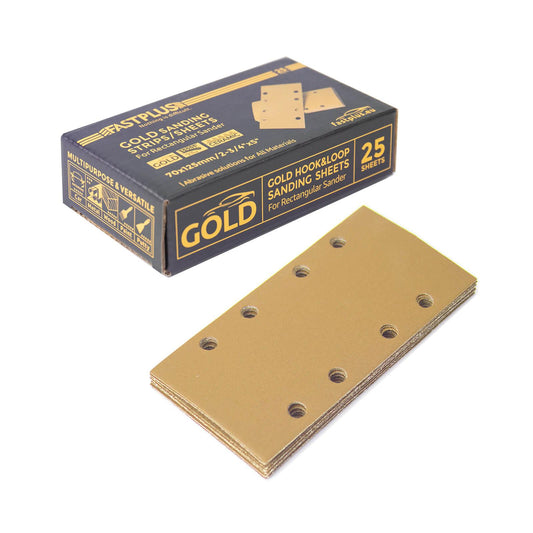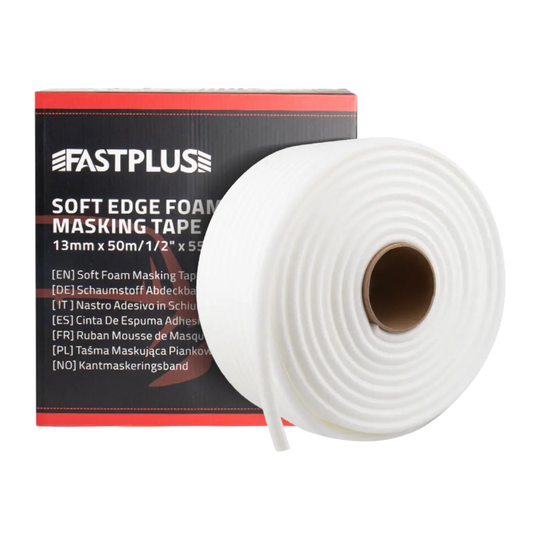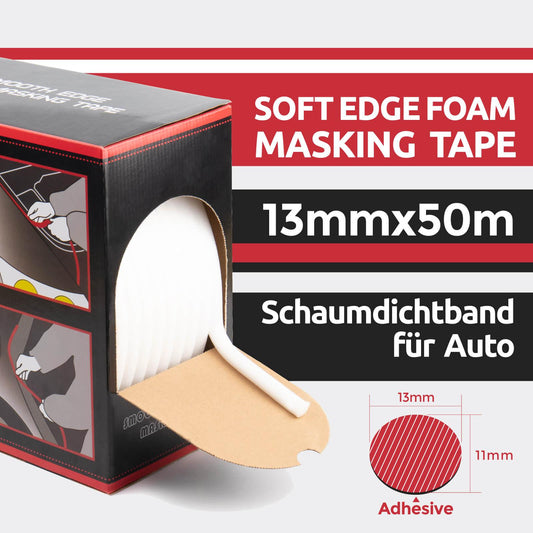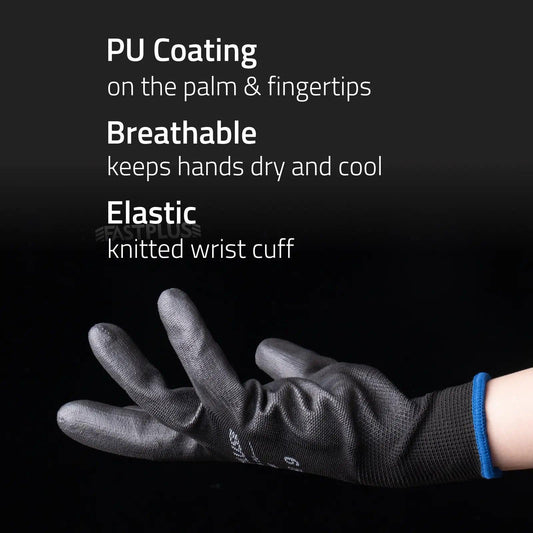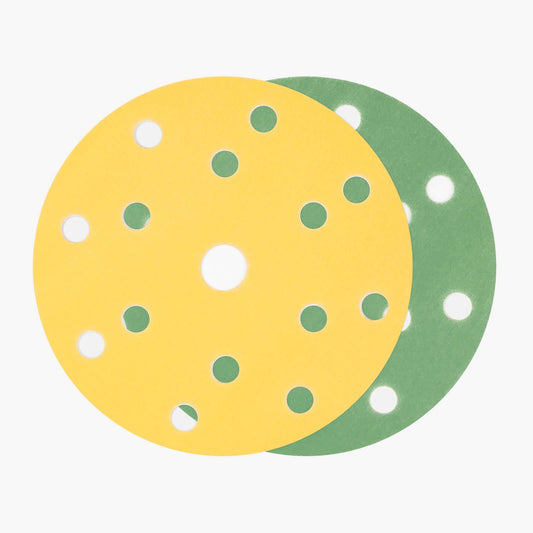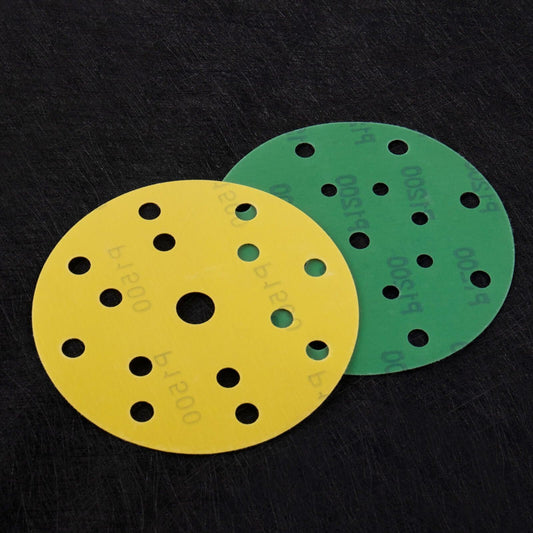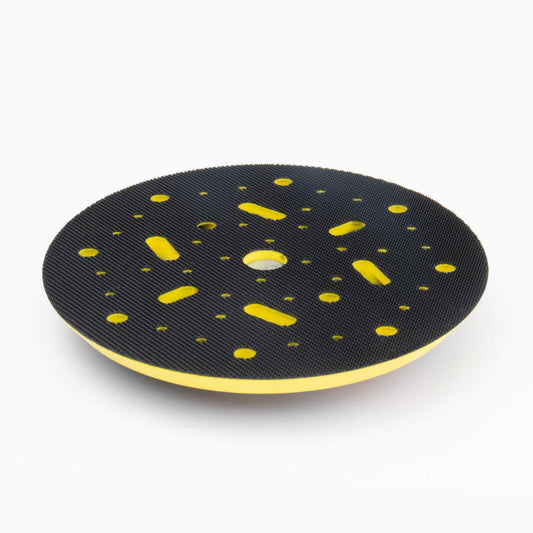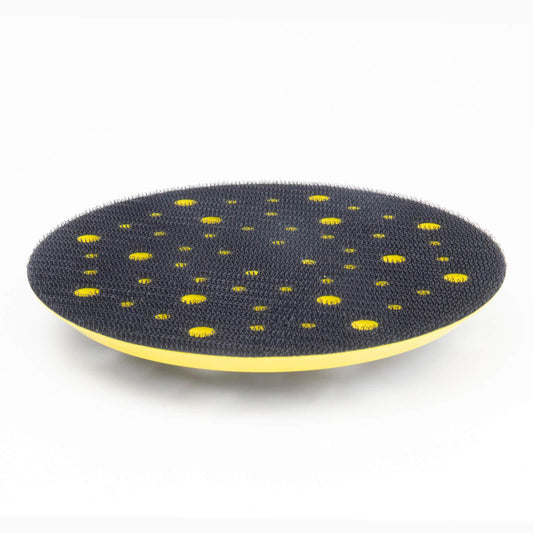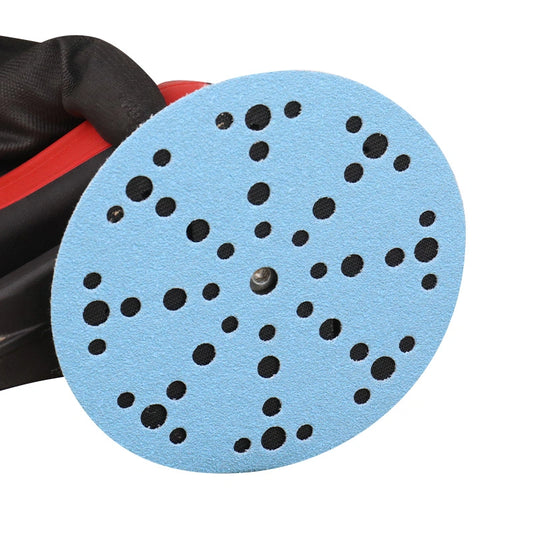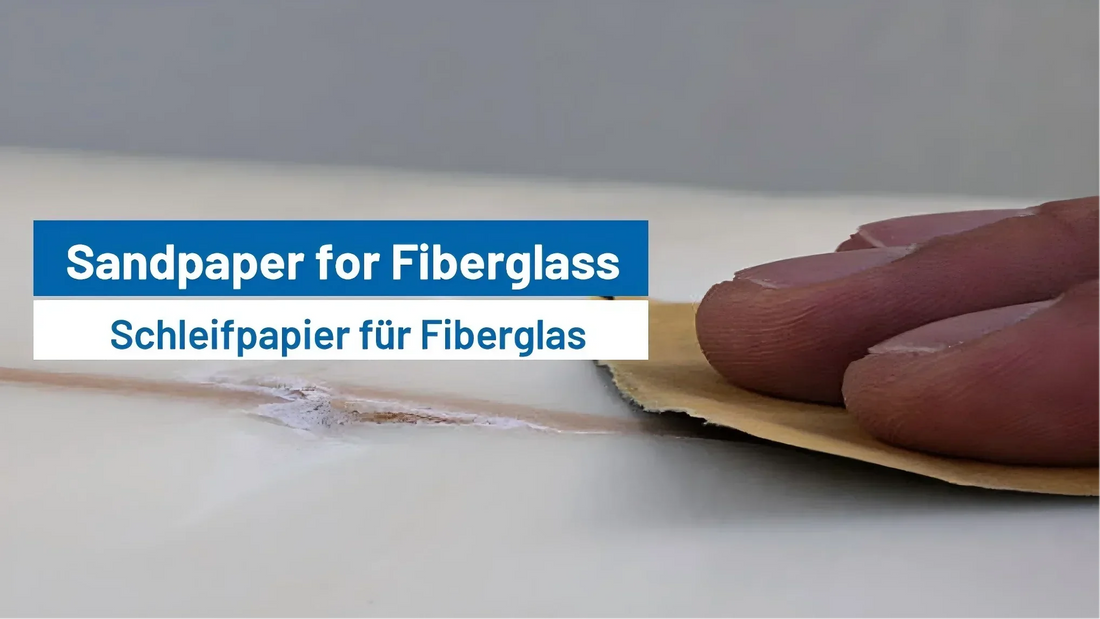
How to Choose the Best Sandpaper for Fiberglass?
Fiberglass is widely used in boats, cars, bathtubs, and even DIY repair projects. It’s strong, lightweight, and corrosion-resistant — but sanding it requires care. If you use the wrong sandpaper, you risk clogging, gouging, or even inhaling dangerous dust. Choosing the best sandpaper for fiberglass ensures a smooth finish, efficient work, and your safety.
In this guide, we’ll walk you through everything you need to know when selecting sandpaper for fiberglass — from grit size and abrasive type to proper sanding techniques.
Why Sanding Fiberglass Is Tricky

Before diving into the sandpaper itself, let’s quickly cover why fiberglass requires a bit more attention than wood or metal:
- It’s easy to over-sand. Fiberglass is typically layered over a substrate. Sand too much, and you could damage the gel coat or weaken the fiberglass structure.
- Dust is hazardous. Fiberglass dust can irritate the skin and lungs, so proper protection is vital.
- It clogs abrasives quickly. Fiberglass dust and resin buildup can reduce the life of your sandpaper unless you use the right materials.
What Makes a Sandpaper "Best" for Fiberglass?
To sand fiberglass efficiently and safely, your sandpaper should meet several criteria:
- Durability: It must resist clogging and abrasion.
- Appropriate grit: Too coarse can damage the surface; too fine may not cut effectively.
- Correct abrasive type: Some abrasives are better suited to hard materials like fiberglass.
- Backings and coatings: Anti-clog features like open coats or mesh designs are highly recommended.
Let’s break this down in more detail.
1. Choose the Right Grit Size for Your Job
Fiberglass sanding is typically done in several stages, each requiring a different grit size:
✅ Rough Sanding or Paint Removal (80–120 grit)
If you’re removing old gel coat, paint, or prepping for fiberglass repair, you’ll need a coarser grit. 80 to 100 grit works well for stripping, while 120 grit starts smoothing the surface.
✅ Smoothing After Repairs (150–240 grit)
Once repairs are done and filler is applied, move to a medium grit. This stage blends the repaired area with the original surface without scratching it too much.
✅ Final Sanding Before Paint or Polish (320–600 grit)
Fine sanding removes minor surface scratches and prepares the surface for topcoats or polishing. Grits like 320 or 400 are standard before painting, while 600 is often used for polishing prep.
2. Select the Right Abrasive Type
Different abrasive materials handle fiberglass with different results. The best sandpaper uses grains that balance cutting ability and longevity.
🔹 Aluminium Oxide
Affordable and versatile, aluminum oxide is suitable for most fiberglass sanding needs, especially in the mid-grit range. It's a great all-purpose option and works well with orbital sanders.
🔹 Ceramic
Ceramic abrasives are sharper and longer-lasting than aluminum oxide. They resist heat and clogging, making them ideal for tough jobs like sanding resin, gel coat, or hardened filler.
🔹 Silicon Carbide
This abrasive has a sharper but more brittle grain. It excels in ultra-fine grits and wet sanding, often used for polishing or between coats. It’s less common in general fiberglass sanding but has its place in finishing.

3. Pick the Right Sanding Tool and Form
Fiberglass can be flat or curved, large or small. The right sanding format helps you work more efficiently and avoid sanding errors.
🔸 Sheets & Rolls
For hand sanding or flexible sanding blocks, sandpaper sheets or rolls are ideal. They allow for precise control and are great for contours.
Use Case: Wet sanding a boat’s hull or working on small fiberglass repair spots.
🔸 Discs
Use sanding discs with orbital or DA sanders for large areas like car panels, RV sides, or bathtubs. Hook-and-loop (Velcro) backing makes changing discs fast and easy.
🔸 Mesh Sanding Discs
These are perfect for dust-free sanding. Their open mesh structure allows for full-surface dust extraction, making your work cleaner and extending abrasive life.
🔸 Foam Discs
Foam-backed sanding discs are excellent for final stages. They adapt to contours and prevent uneven sanding pressure — perfect for polishing fiberglass finishes.
4. Consider Wet vs. Dry Sanding
Both dry and wet sanding can be used on fiberglass, depending on the project stage.
🧽 Dry Sanding
Best for early stages — like paint removal or shaping fillers. It’s faster, but creates more dust.
💧 Wet Sanding
Used during final sanding and polishing. Wet sanding reduces dust and helps achieve a glass-like finish. For wet sanding, make sure your sandpaper is water-resistant, like our foam-backed or mesh options.
5. Protect Yourself While Sanding Fiberglass
Don’t forget safety:
- Wear a dust mask or respirator — fiberglass particles can irritate lungs.
- Use gloves and long sleeves — avoid contact with the dust.
- Work in a well-ventilated area or use a vacuum system with mesh sanding discs to reduce airborne particles.
Step-by-Step Sanding Guide
Here’s a quick process recap for sanding fiberglass properly:
✅ Step 1: Prep the Surface
Clean thoroughly and assess for cracks or delamination.
✅ Step 2: Start with 80–120 Grit
Remove damaged areas, gel coat, or paint using coarser grits with sandpaper sheets or discs.
✅ Step 3: Smooth with 150–240 Grit
Even out the surface and transition between fiberglass and filler.
✅ Step 4: Final Sanding with 320–600 Grit
Use mesh discs or foam sanding discs for a flawless surface.
✅ Step 5: Clean and Inspect
Wipe the surface clean and check for remaining defects.
Conclusion
Choosing the best sandpaper for fiberglass isn’t about grabbing the first pack on the shelf — it’s about selecting the right grit, abrasive material, and backing for the task. Whether you're restoring a boat, repairing a car, or finishing a DIY fiberglass project, using the proper sandpaper helps you avoid costly mistakes and get professional results.
At our store, we offer a full range of sandpaper rolls, mesh sanding discs, sanding sheets, and finishing foam discs designed to handle fiberglass with ease. Explore our collection to find exactly what your project needs.

Related Products You May Like
-
Wet and Dry Sandpaper
Ideal for both hand and machine use, this versatile sandpaper performs well in dry and wet sanding applications, especially during the final stages of fiberglass surface preparation and polishing. -
Sanding Sheet Roll PURO
Engineered for efficient dust extraction and long-lasting performance, this ceramic sandpaper roll is perfect for hand sanding fiberglass parts and contours with consistent results. -
Net Sanding Disc CeraMesh
Combining high-performance ceramic abrasives with a mesh structure, these discs reduce clogging and support excellent dust control — a smart choice for sanding fiberglass, fillers, and gel coats. -
FlexPro Fine Finishing Foam Discs
Designed to conform to curves and complex shapes, these foam-backed discs are ideal for the final sanding and polishing stage. Achieve a swirl-free, professional finish on any fiberglass surface.
